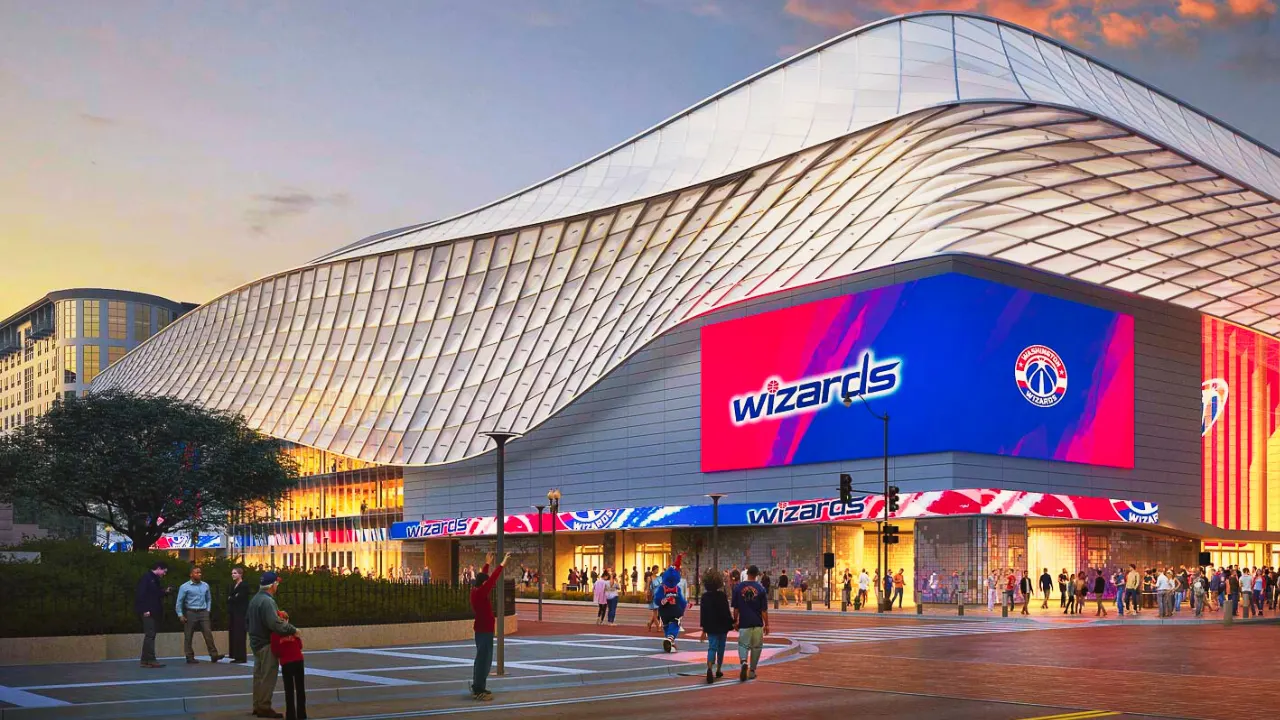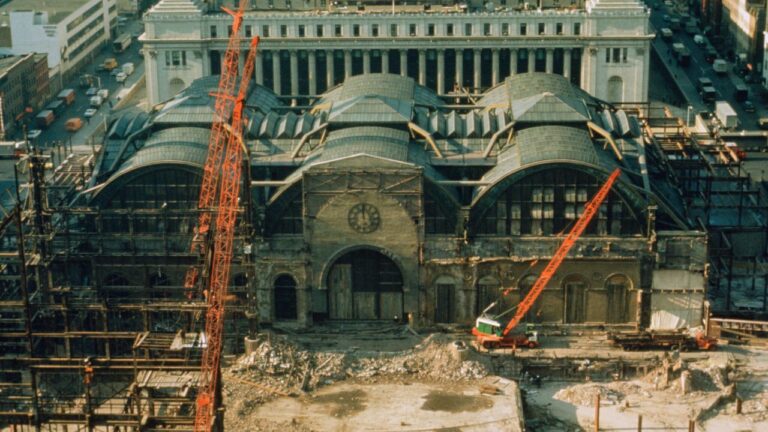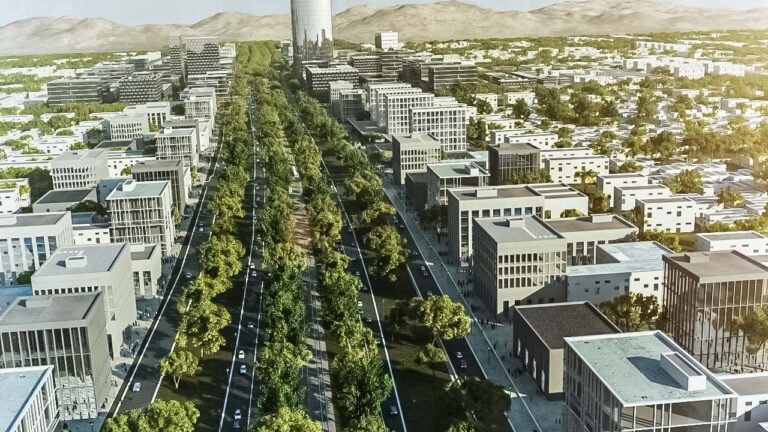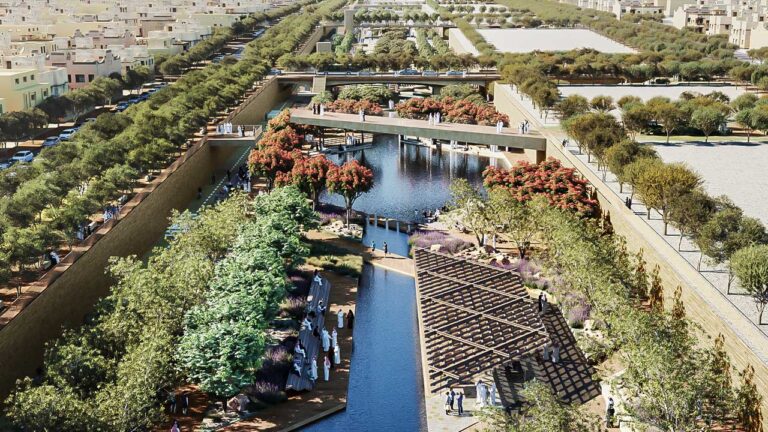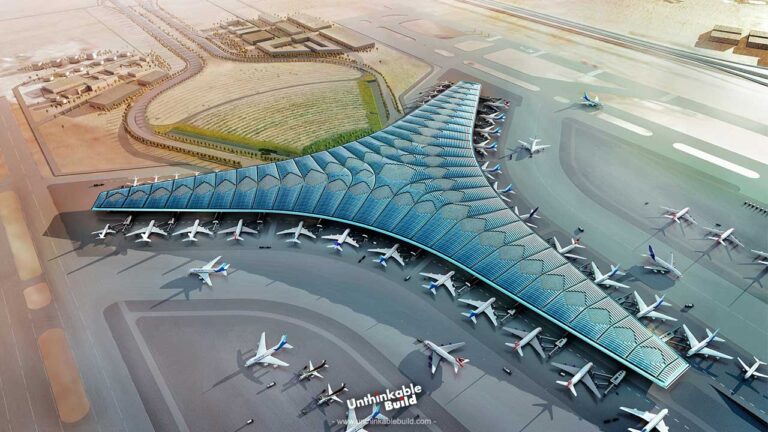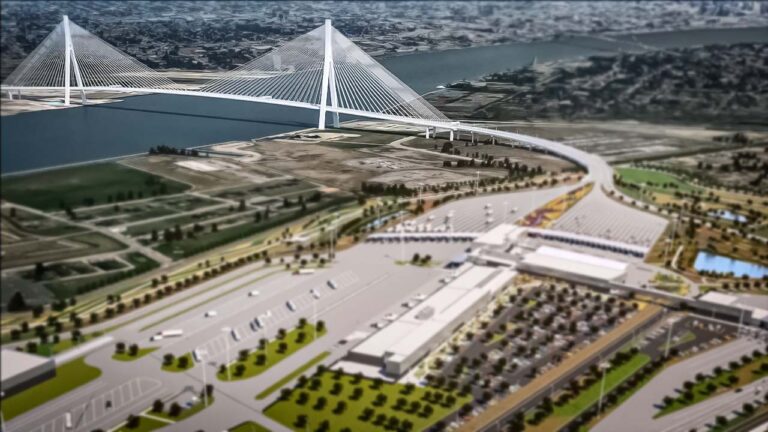DC’s $500 Million Mistake? The Controversial Capital Arena Deal That Could Reshape a City
Washington, D.C. just made a decision that could define its downtown future for decades. With over half a billion dollars in taxpayer funds committed to renovating Capital One Arena, the city is gambling big to keep the Washington Wizards and Capitals from leaving. What’s being framed as an investment in economic growth and civic pride also raises difficult questions about public priorities, urban identity, and who truly benefits when massive money is on the line. Just across the river, the $3.8 billion plan to replace RFK Stadium tells a similar storyanother high-stakes gamble wrapped in nostalgia, politics, and the hope of revival.
I’ve walked through the heart of Chinatown and seen how little of the original community remains. What’s unfolding around Capital One Arena is not just a development plan it’s a battle for the soul of a city.
The Roots of the Capital One Arena
To understand what’s happening now, you have to go back to the city D.C. once was. In the 1960s, a wave of urban renewal swept through the capital, leveling neighborhoods under the guise of progress. Chinatown, once full of family-owned businesses and rich cultural traditions, became a target of so-called revitalization. Entire communities mostly Black, Chinese, and immigrant families were displaced.
By the early 1990s, the area around 7th and F Streets NW had fallen into deep decline. Crime was up, businesses were down, and few wanted to be downtown after dark.
Then came Abe Pollin. The longtime owner of the Washington Bullets and Capitals stunned the city in 1995 when he pledged $200 million of his own money to build a new arena right in the heart of downtown. The goal wasn’t just basketball it was economic transformation. The District added $79 million to the pot for infrastructure, and offered Pollin a sweetheart lease: under $200,000 a year to operate a building hosting more than 200 events annually.
Capital One Arena opened in 1997 as MCI Center. At the time, it was hailed as a triumph a rare example of private investment jumpstarting public revitalization. But not everyone shared that view. For many longtime residents, the arena marked the beginning of something far more painful.
Chinatown’s Slow Disappearance
Before the arena, Chinatown was more than a name on a map. It was a living, breathing community filled with Asian-owned restaurants, herbal shops, dry cleaners, and bilingual signage. It had a deep sense of place.
After the arena opened, property values surged. Chain stores moved in. The unique flavor of the neighborhood began to vanish.
By the early 2000s, more than 3,000 Chinese-American residents had left. The iconic Friendship Archway still stands on H Street, but it now serves more as a photo op than a cultural marker. Most of the storefronts beneath it are now national franchises.
Some residents describe the arena as a wrecking ball disguised as progress. Community advocates say this was a textbook case of cultural erasure, powered by rising rents and unchecked commercial expansion. And now, as the city pours another $515 million into this space, old wounds have resurfaced.
The question that haunted the first deal who is this for is back with more urgency than ever.
Monumental Sports Threatens to Leave and D.C. Blinks
Everything changed in December 2023.
Monumental Sports & Entertainment, which owns the Wizards and Capitals, announced a potential relocation to Alexandria, Virginia. The proposal was stunning: a new $2 billion arena and entertainment district backed by Virginia state subsidies and regional tax incentives.
Monumental’s message was blunt: match the investment or lose both teams.
Within weeks, D.C. responded with a public funding pledge of $515 million. Monumental committed $285 million more. In total, $800 million would go toward upgrading Capital One Arena making it one of the most expensive publicly backed arena renovations in American history.
Mayor Muriel Bowser said the investment would secure the teams and protect the economic engine of downtown. Critics called it corporate blackmail. Either way, the city caved.
Virginia’s plan is now effectively dead, but the pressure it created shaped the outcome D.C. faces today.
What Does $800 Million Actually Build?
Unlike new stadium deals that promise more seats, Capital One Arena’s renovation is not about capacity it’s about exclusivity.
The project will increase the arena’s footprint from 900,000 square feet to 1.6 million, focusing on luxury, design, and experience. Among the centerpiece additions:
- The Vault: A members-only luxury suite level with private bars, high-end concierge service, and fine dining.
- Color-Shifting Facade: Inspired by D.C.’s museums and the Smithsonian’s design language.
- Wider Concourses and New Entrances: Designed to reduce crowding and enhance crowd movement.
- Upgraded Team Facilities: Locker rooms, training spaces, and loading docks will all be modernized.
- Massive Social Spaces: Elevated decks and gathering zones for events beyond sports.
The goal is clear: attract corporate sponsors, concertgoers, and elite guests not just fans of basketball or hockey. The average Washingtonian, priced out of the premium experience, may find fewer seats and higher costs.
What used to be a community space is rapidly turning into a destination for the wealthy.
Winners, Losers, and the Shifting Downtown Core
The winners in this deal are obvious.
Real estate developers near the arena expect a sharp rise in property values. Monumental Sports increases its franchise value and gains a premium venue. National retailers benefit from a revived entertainment corridor.
But the losers are just as visible.
Small businesses, especially legacy Chinese-owned shops, continue to vanish. Chinatown Garden, a cornerstone restaurant for over 40 years, closed its doors in 2021. Others, like Wok and Roll and Tony Cheng’s, operate in a market that no longer resembles the one they opened in.
Many longtime residents feel like outsiders in their own city. As one elder told a local reporter: “They brought the crowds, but pushed out the people.”
The pattern is familiar in American cities gentrification cloaked in revitalization. D.C. is no exception.
The Debate Over Public Benefit
Supporters of the renovation point to economic metrics:
- An expected $1.4 billion in direct and indirect economic impact
- Hundreds of construction and arena jobs
- More than 1.5 million pedestrian visits annually
- Boosts to hospitality, retail, and public transit use
But academic studies paint a different picture.
A University of Chicago survey of leading economists found near-unanimous agreement: public subsidies for sports arenas rarely yield long-term economic returns. Spending tends to be displaced from other parts of the city. Jobs are mostly part-time and low-wage. And taxpayer investments are often absorbed by billionaire team owners.
Ted Leonsis, the CEO of Monumental Sports, has a net worth estimated at $2.5 billion. Monumental itself is valued in the billions. And yet, over 60 percent of the funding is coming from the public.
This isn’t just a policy debate it’s a moral one. Should working-class residents fund a luxury space they can’t afford to enjoy?
Construction Timeline and What’s Next
Renovations began in early 2024, with completion scheduled for 2027. The plan is divided into six major phases:
- Entrance Redesigns
- Main Concourse Expansion
- Facade Construction
- Premium Suite Buildouts
- Team Facility Upgrades
- Technology and Accessibility Improvements
As of mid-2025, Phase 2 is nearing completion. The main concourse has already been widened, and new escalators have been installed. The project remains on schedule, but public scrutiny is only intensifying.
Monumental calls this a “new era” for the city. Residents still aren’t sure who will be part of it.
What Kind of City Will D.C. Become?
At its core, this is not just a story about architecture or sports. It’s about values.
It’s about whether cities belong to the people who built them or to investors with leverage and vision statements.
Capital One Arena helped reshape downtown once before. It might do it again. But the cost measured not just in dollars, but in lost culture and displaced communities won’t be easily reversed.
D.C. now stands at a crossroads. This renovation could either breathe life into a fractured city core or deepen the divide between money and memory.
The real question is simple: Who is Washington, D.C. being built for?

